Introduction
Stewed carp, a dish that embodies the essence of Chinese cuisine, combines the delicate flavors of fresh fish with an array of aromatic spices and herbs. This timeless recipe not only tantalizes the taste buds but also nourishes the body with its rich nutritional profile. Whether you’re a seasoned chef or a novice in the kitchen, mastering the art of stewed carp can elevate your culinary skills and bring a touch of authenticity to your dining table. In this comprehensive guide, we’ll delve into every step of preparing stewed carp, from selecting the perfect fish to perfecting the sauce, ensuring you create a dish that is both visually appealing and bursting with flavor.
Section 1: Choosing the Right Carp
The foundation of any stewed carp dish lies in selecting a high-quality fish. Here are some key considerations:
-
Freshness: Always opt for fresh carp. Fresh fish should have clear, bright eyes, firm flesh that springs back when pressed, and a clean, fresh scent. Avoid fish with dull eyes, slimy skin, or a strong, fishy odor.
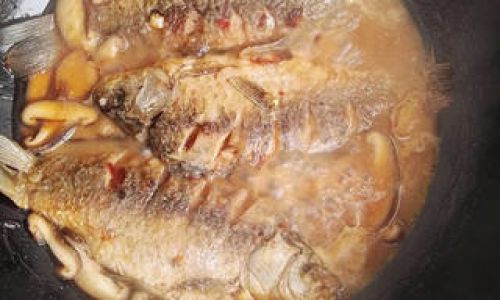
-
Size: For stewing, medium-sized carp (around 1-1.5 kg) are ideal. They offer a balance between flavor and cooking time, ensuring the fish is tender and cooked through without becoming overly mushy.
-
Species: While common carp is traditional, you can also experiment with other varieties like crucian carp or silver carp, which have similar textures and flavors.
-
Source: If possible, choose carp from sustainable sources to ensure you’re contributing to the preservation of marine ecosystems.
Section 2: Preparation and Cleaning
Once you’ve selected your carp, proper preparation and cleaning are crucial for a successful dish:
-
Scaling: Use a fish scaler to remove the scales from the body and fins. Be careful not to cut into the flesh.
-
Gutting: Cut the fish open from the vent to the gills and remove the internal organs, including the intestines, gills, and any black membrane lining the cavity. Rinse thoroughly under cold running water.
-
Filleting (Optional): For a more refined presentation, you can fillet the carp. However, for traditional stewed carp, leaving the fish whole helps retain its shape and flavor during cooking.
-
Scoring: Make diagonal cuts on both sides of the fish to allow the marinade and sauce to penetrate deeper, enhancing flavor.
Section 3: Marinating the Fish
Marinating the carp helps to tenderize the flesh and infuse it with flavor:
-
Ingredients: Combine soy sauce, Shaoxing wine (or dry sherry), ginger slices, garlic cloves, and a pinch of salt in a bowl.
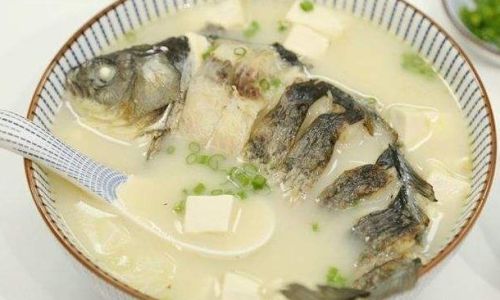
-
Application: Rub the marinade evenly over the fish, inside and out. Make sure to get it into the cuts you made earlier.
-
Marinating Time: Let the fish marinate for at least 30 minutes, preferably refrigerated, to allow the flavors to meld.
Section 4: Gathering Aromatics and Ingredients
The beauty of stewed carp lies in its harmonious blend of flavors. Here are some essential aromatics and ingredients:
- Ginger: Slices and julienned for both marinating and cooking.
- Garlic: Minced for a pungent aroma.
- Scallions: Cut into sections for garnishing.
- Soy Sauce: For seasoning and color.
- Shaoxing Wine: Adds a subtle sweetness and depth.
- Sesame Oil: For a nutty finish.
- Chili Peppers (optional): For a spicy kick.
- Star Anise and Cloves: For a fragrant, aromatic backbone.
- Vegetables: Mushrooms, tofu, or winter melon can be added for added texture and nutrition.
Section 5: Cooking the Stew
Now, it’s time to bring all the elements together in the pot:
-
Heating Oil: In a heavy-bottomed pot or wok, heat a generous amount of vegetable oil over medium-high heat.
-
Searing the Fish: Carefully place the marinated carp in the hot oil, seam side down first. Sear until golden brown on both sides, about 3-4 minutes per side. This not only seals in juices but also adds a layer of flavor.
-
Adding Aromatics: Remove the fish temporarily and add sliced ginger, minced garlic, and whole spices (star anise, cloves) to the oil. Fry until fragrant, about 1 minute.
-
Deglazing: Pour in Shaoxing wine, allowing it to bubble and deglaze the pan, scraping up any browned bits for added flavor.
-
Simmering: Return the fish to the pot, adding enough water or stock to cover about halfway up the fish. Bring to a gentle simmer.
-
Seasoning: Add soy sauce, a pinch of sugar, and salt to taste. Adjust according to your preference for saltiness and sweetness.
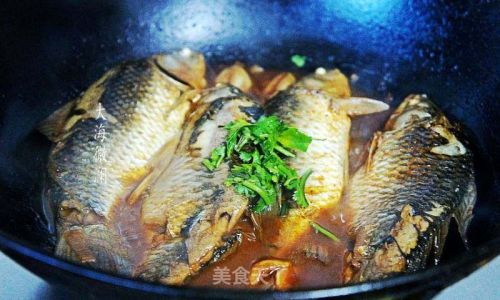
-
Cooking Time: Cover and let the stew simmer gently for about 20-30 minutes, or until the fish is tender and cooked through. Test by inserting a fork into the thickest part; it should slide in easily.
-
Adding Vegetables: If using, add vegetables like mushrooms or tofu in the last 10 minutes of cooking to avoid overcooking.
Section 6: Finishing Touches
The final touches make all the difference:
-
Taste Adjustment: Taste the stew and adjust seasoning with more soy sauce, salt, or sugar if needed.
-
Garnishing: Sprinkle with chopped scallions, a drizzle of sesame oil, and chili peppers if desired.
-
Serving: Carefully transfer the fish to a serving platter, pouring the fragrant stew over it. Serve immediately with steamed rice for a complete meal.
Conclusion
Stewed carp is a dish that transcends mere culinary satisfaction, offering a harmonious blend of flavors and textures that nourish both the body and soul. By following this comprehensive guide, you’ll be able to create a stewed carp dish that is not only visually stunning but also bursting with the authentic flavors of Chinese cuisine. Remember, the key to success lies in attention to detail, from selecting the freshest fish to perfectly balancing the sauce. With practice and patience, you’ll soon master the art of stewed carp, delighting your family and friends with every delicious bite. Happy cooking!
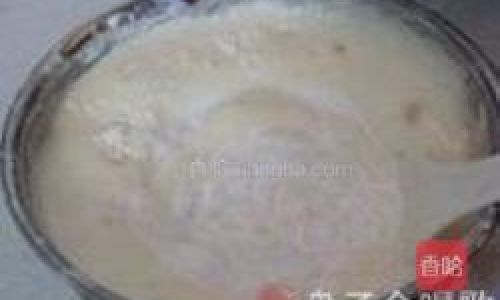


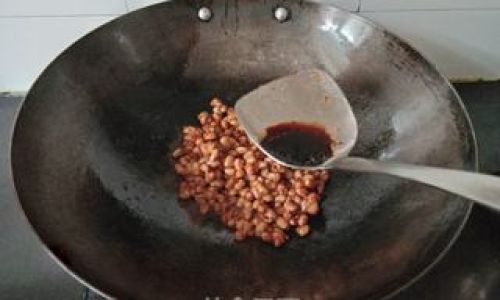
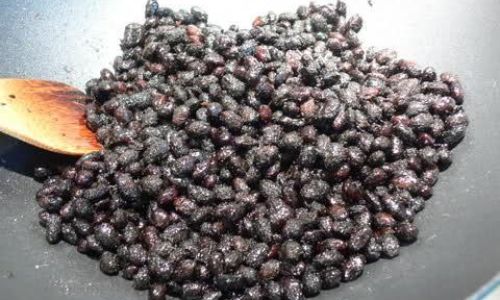
0 comments